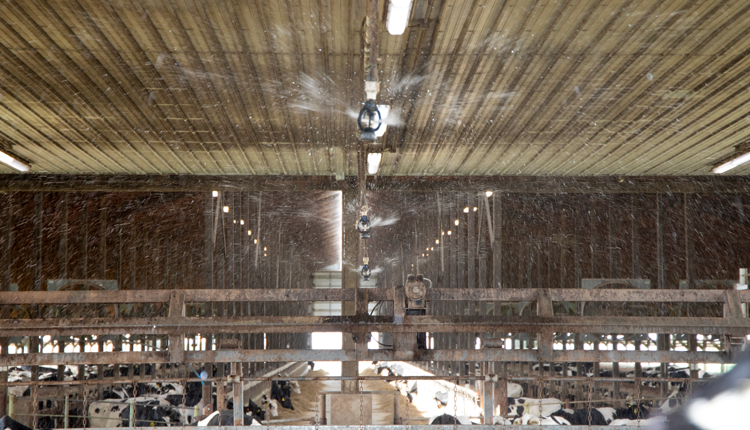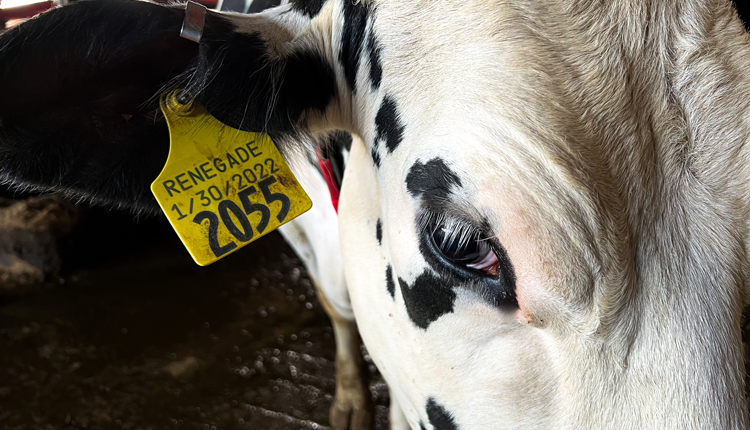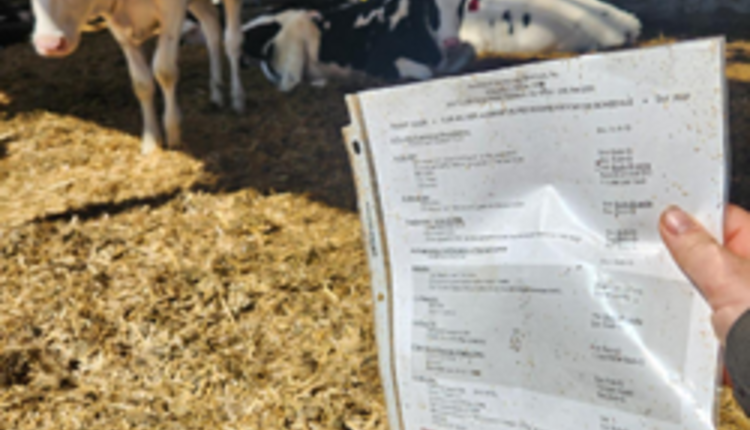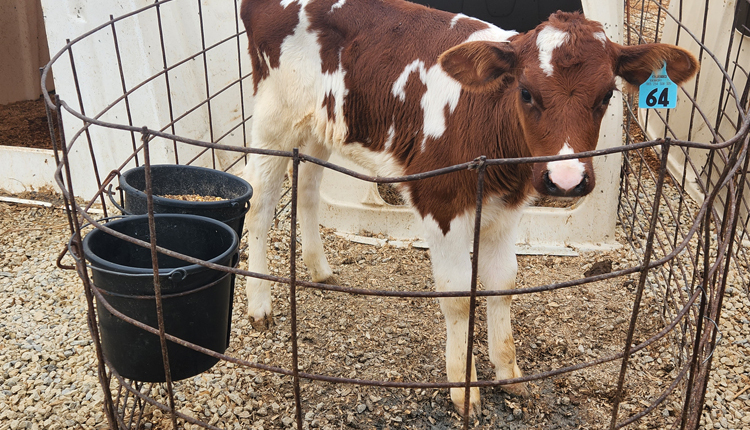Just like the kids at the local swimming pool who are cooling off on hot summer days, your cows are beginning to feel the effects of warmer temperatures. Producers in the South have already been dealing with THI values exceeding 68, which is the threshold for heat stress, and producers across the rest of the country should be gearing up for the warmer weather. Now is the time to review your heat stress terminology and prepare for the heat stress battle.
The Temperature Humidity Index (THI) was established in the late 1950s as a way to measure temperature and humidity's impact in a given climate. Dairy researchers used the index to measure heat stress and established a heat stress threshold at 72 THI. In 2009, research completed at the University of Arizona, Tucsan recognized developments in genetics, nutrition and other improvements in milk production had lowered the heat stress threshold to 68 THI. However, these numbers are useless to producers unless they are able to interpret them.
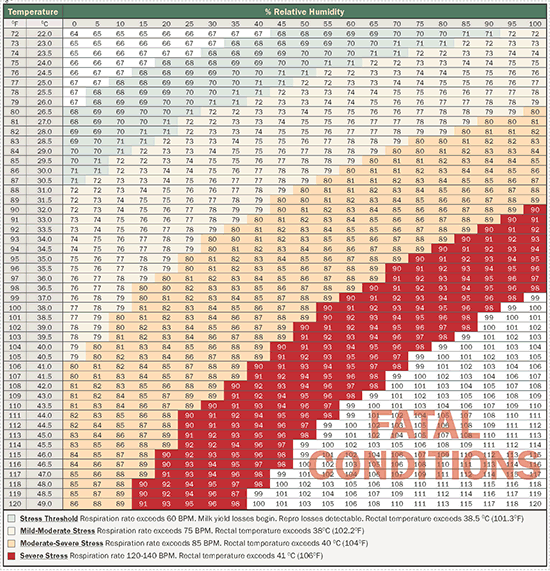
The researchers who established the lowered heat stress threshold also designed a chart that outlines the THI for given temperatures and humidity that can be found here. They documented levels at which cows experienced varying degrees of heat stress.
In order to avoid economic losses in the form of lowered milk yields, reduced reproduction and diminished feed intake, producers should evaluate their climate's THI and have a plan to keep cows cool this summer.
Features online such as THI calculators and local weather statistics that include hourly humidity and temperature readings provide a great resource so producers can get a handle on THIs in their climates.
 The author is the 26th Hoard's Dairyman editorial intern. This fall she will be a senior at Kansas State University in Manhattan, Kan. At KSU, Maggie is double majoring in agricultural communications and journalism and animal sciences and industry. Seiler grew up on a 130-cow registered Holstein dairy in Valley Center, Kan., near Wichita.
The author is the 26th Hoard's Dairyman editorial intern. This fall she will be a senior at Kansas State University in Manhattan, Kan. At KSU, Maggie is double majoring in agricultural communications and journalism and animal sciences and industry. Seiler grew up on a 130-cow registered Holstein dairy in Valley Center, Kan., near Wichita.
The Temperature Humidity Index (THI) was established in the late 1950s as a way to measure temperature and humidity's impact in a given climate. Dairy researchers used the index to measure heat stress and established a heat stress threshold at 72 THI. In 2009, research completed at the University of Arizona, Tucsan recognized developments in genetics, nutrition and other improvements in milk production had lowered the heat stress threshold to 68 THI. However, these numbers are useless to producers unless they are able to interpret them.

The researchers who established the lowered heat stress threshold also designed a chart that outlines the THI for given temperatures and humidity that can be found here. They documented levels at which cows experienced varying degrees of heat stress.
- THI 68-71: stress threshold. Diminished milk yields and reproductive losses detected in high-producing cows.
- THI 72-79: mild-moderate stress. Reduced milk yields and reproductive losses.
- THI 80-89: moderate-severe stress. Death rates begin to rise.
- THI 90 and above: severe stress. Significant death loss can occur.
In order to avoid economic losses in the form of lowered milk yields, reduced reproduction and diminished feed intake, producers should evaluate their climate's THI and have a plan to keep cows cool this summer.
Features online such as THI calculators and local weather statistics that include hourly humidity and temperature readings provide a great resource so producers can get a handle on THIs in their climates.
 The author is the 26th Hoard's Dairyman editorial intern. This fall she will be a senior at Kansas State University in Manhattan, Kan. At KSU, Maggie is double majoring in agricultural communications and journalism and animal sciences and industry. Seiler grew up on a 130-cow registered Holstein dairy in Valley Center, Kan., near Wichita.
The author is the 26th Hoard's Dairyman editorial intern. This fall she will be a senior at Kansas State University in Manhattan, Kan. At KSU, Maggie is double majoring in agricultural communications and journalism and animal sciences and industry. Seiler grew up on a 130-cow registered Holstein dairy in Valley Center, Kan., near Wichita.

